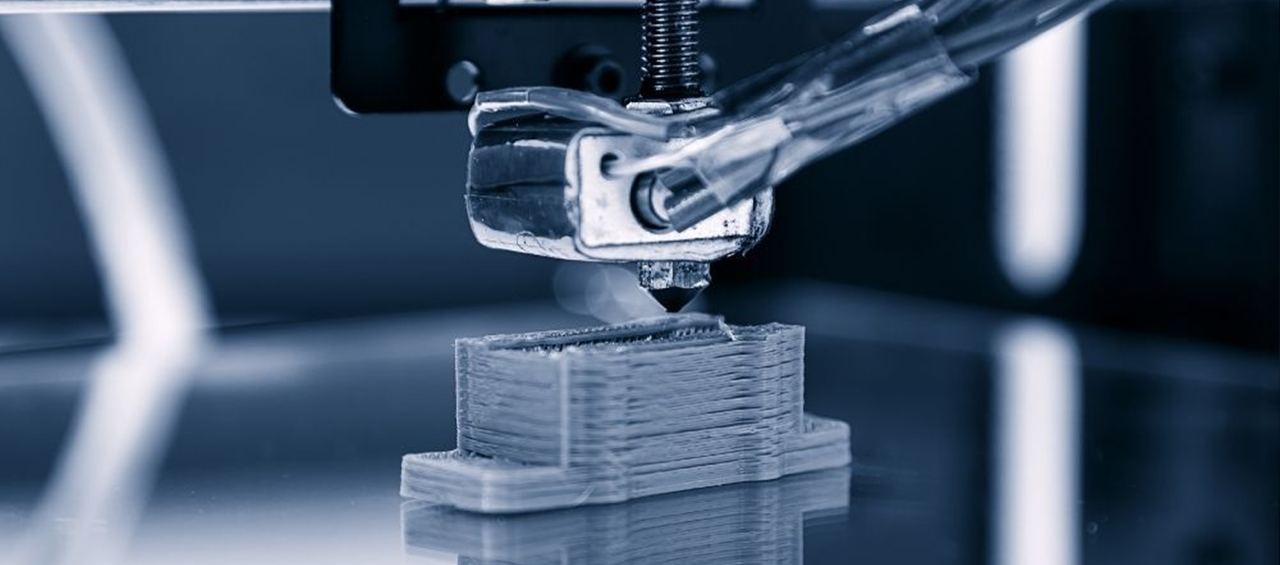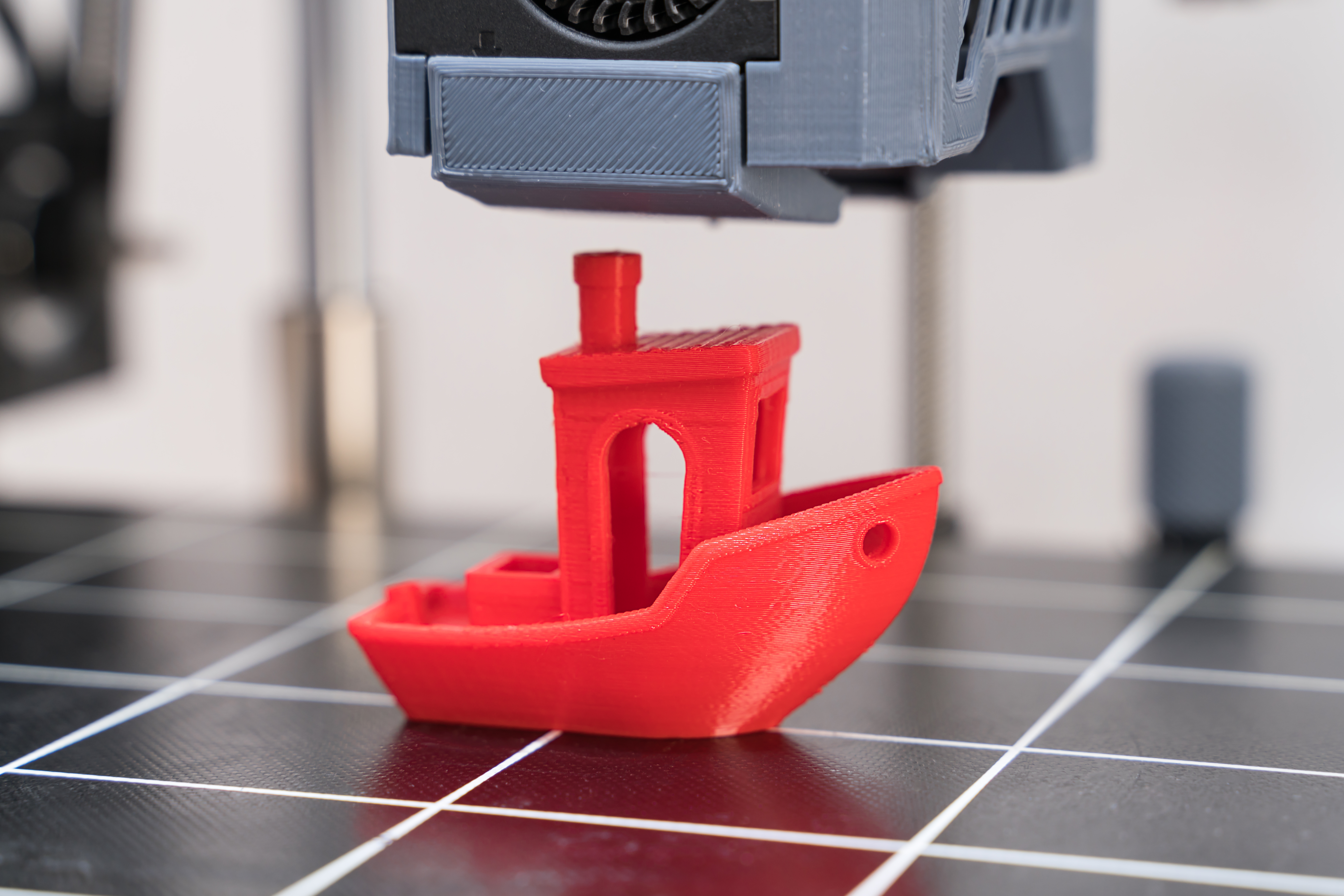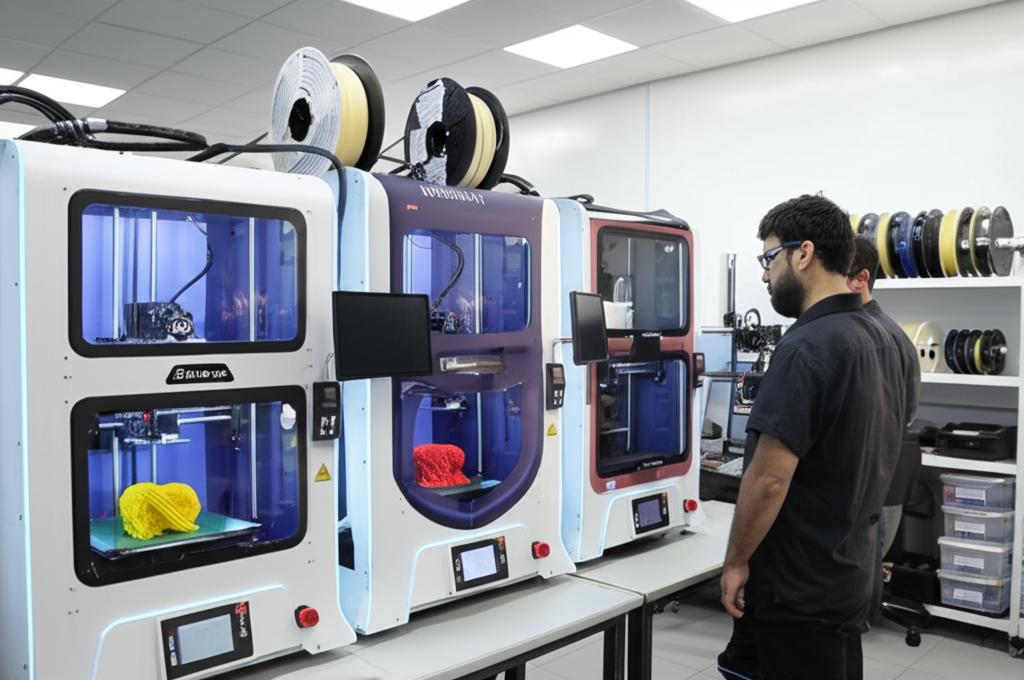3D Printing Dubai

Additive Manufacturing

How can additive manufacturing speed up my product development?
Accelerating Product Development with Additive Manufacturing
In today's fast-paced market, getting products from concept to launch quickly can make the difference between success and failure. Additive manufacturing has revolutionized the product development process, offering significant time and cost advantages over traditional methods.
Rapid Prototyping: From Concept to Physical Model in Hours
One of the most significant advantages of additive manufacturing in product development is the ability to rapidly create physical prototypes:
- Immediate Visualization: Transform digital designs into tangible objects within hours instead of days or weeks.
- Iterative Testing: Quickly test multiple design iterations to identify and resolve issues early in the development cycle.
- Functional Prototypes: Create working prototypes that can be tested for fit, form, and function in real-world conditions.
- Stakeholder Feedback: Gather more meaningful feedback from stakeholders when they can interact with physical models rather than digital renderings.
Case Study: Product Development Timeline Comparison
Traditional Process:
- Initial design: 1-2 weeks
- Prototype fabrication: 3-4 weeks
- Testing and evaluation: 1-2 weeks
- Design revisions: 1 week
- Revised prototype: 3-4 weeks
- Total time: 9-13 weeks
Additive Manufacturing Process:
- Initial design: 1-2 weeks
- Prototype printing: 1-3 days
- Testing and evaluation: 1-2 weeks
- Design revisions: 1 week
- Revised prototype: 1-3 days
- Total time: 3-5 weeks
Result: 60-70% reduction in development timeline
Design Freedom and Optimization
Additive manufacturing removes many traditional design constraints, enabling more innovative and efficient products:
- Complex Geometries: Create intricate internal structures and organic shapes that would be impossible or prohibitively expensive with traditional manufacturing.
- Part Consolidation: Combine multiple components into a single printed part, reducing assembly time and potential failure points.
- Topology Optimization: Design parts that use material only where needed for structural integrity, reducing weight while maintaining strength.
- Customization: Easily modify designs for different use cases or user requirements without tooling changes.
Cost-Effective Design Iterations
The iterative design process becomes much more affordable with additive manufacturing:
- No Tooling Costs: Eliminate expensive molds or tooling for each design iteration.
- Reduced Material Waste: Use only the material needed for the part, rather than cutting away excess material.
- Lower Labor Costs: Minimize manual fabrication and assembly requirements.
- Risk Mitigation: Identify and resolve design issues before investing in production tooling.
Streamlined Testing and Validation
Additive manufacturing enables more thorough and efficient product testing:
- Functional Testing: Create working prototypes that accurately represent the final product's functionality.
- User Testing: Get real user feedback on ergonomics and usability with physical prototypes.
- Market Testing: Produce small batches for market testing without committing to full production runs.
- Regulatory Compliance: Verify compliance with industry standards and regulations earlier in the development process.
Bridging Prototyping and Production
Additive manufacturing can smooth the transition from development to production:
- Bridge Manufacturing: Produce small quantities while scaling up traditional manufacturing processes.
- Production Tools: Create jigs, fixtures, and tooling to support traditional manufacturing processes.
- Low-Volume Production: For certain applications, use additive manufacturing for end-use parts, eliminating the need for traditional production setup.
- Spare Parts: Maintain digital inventories rather than physical stock for replacement parts.
By integrating additive manufacturing into your product development workflow, you can significantly compress development timelines, reduce costs, and bring more innovative products to market faster than competitors relying solely on traditional manufacturing methods.
+Gallery


Related Questions


